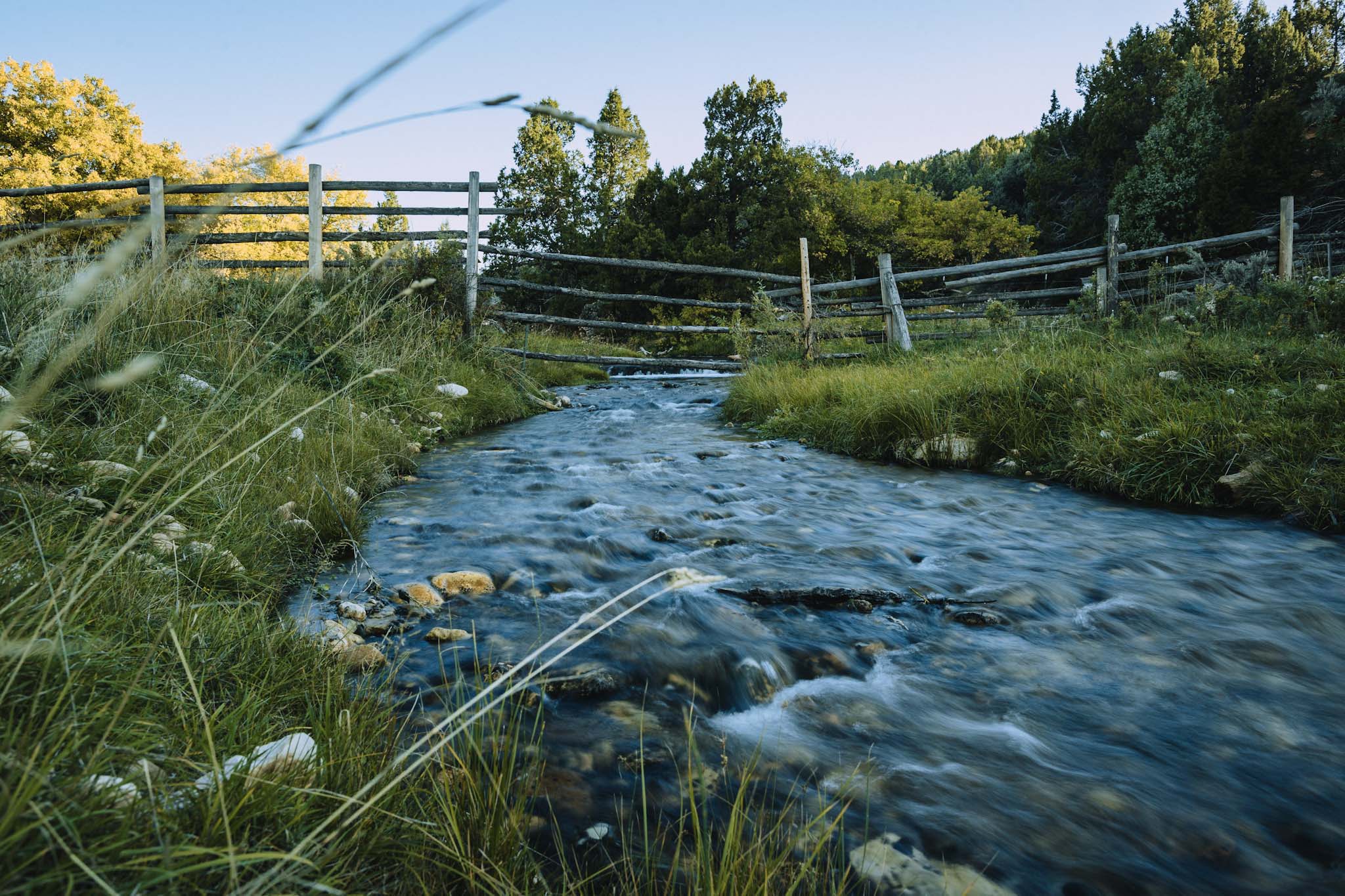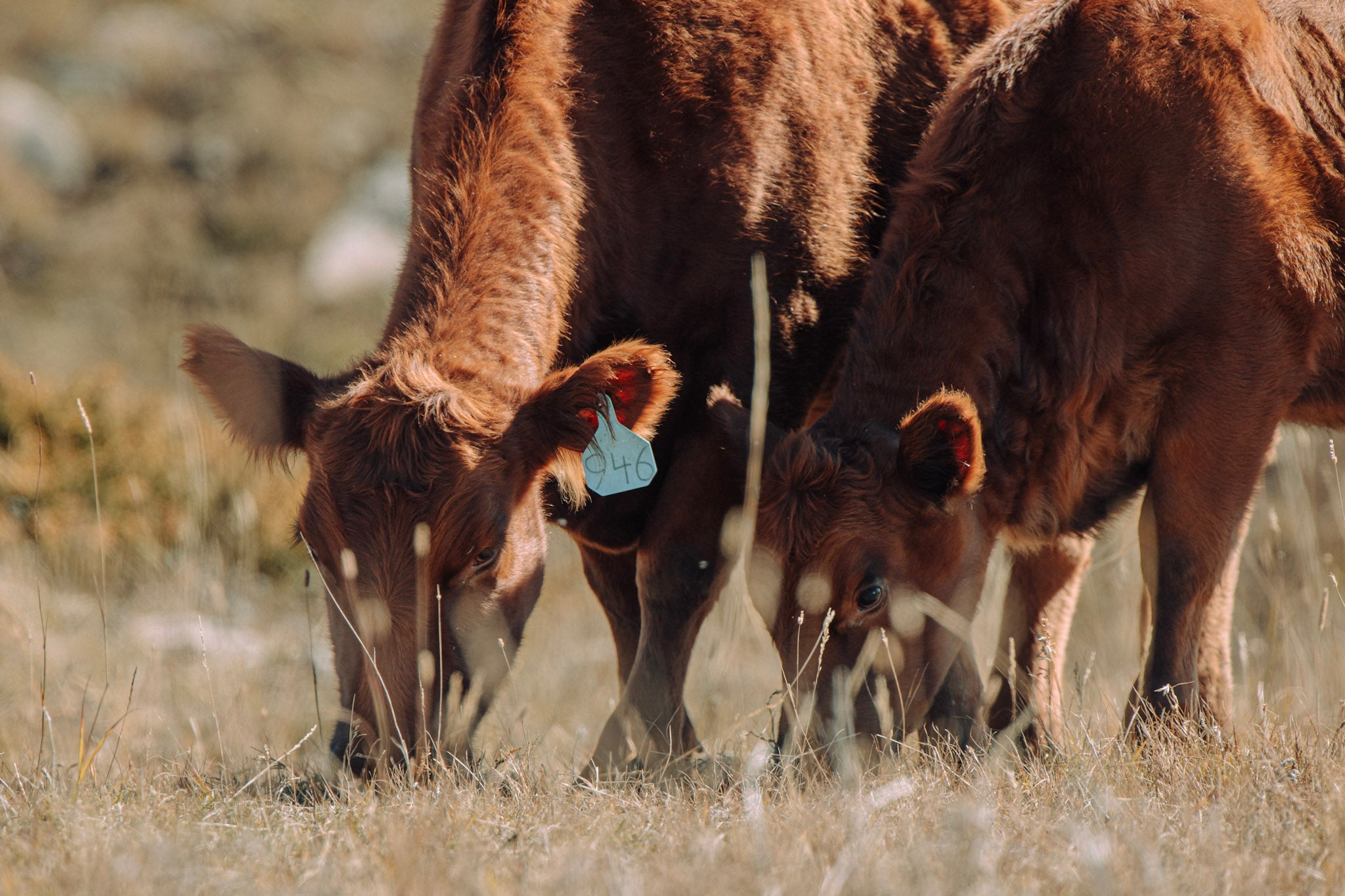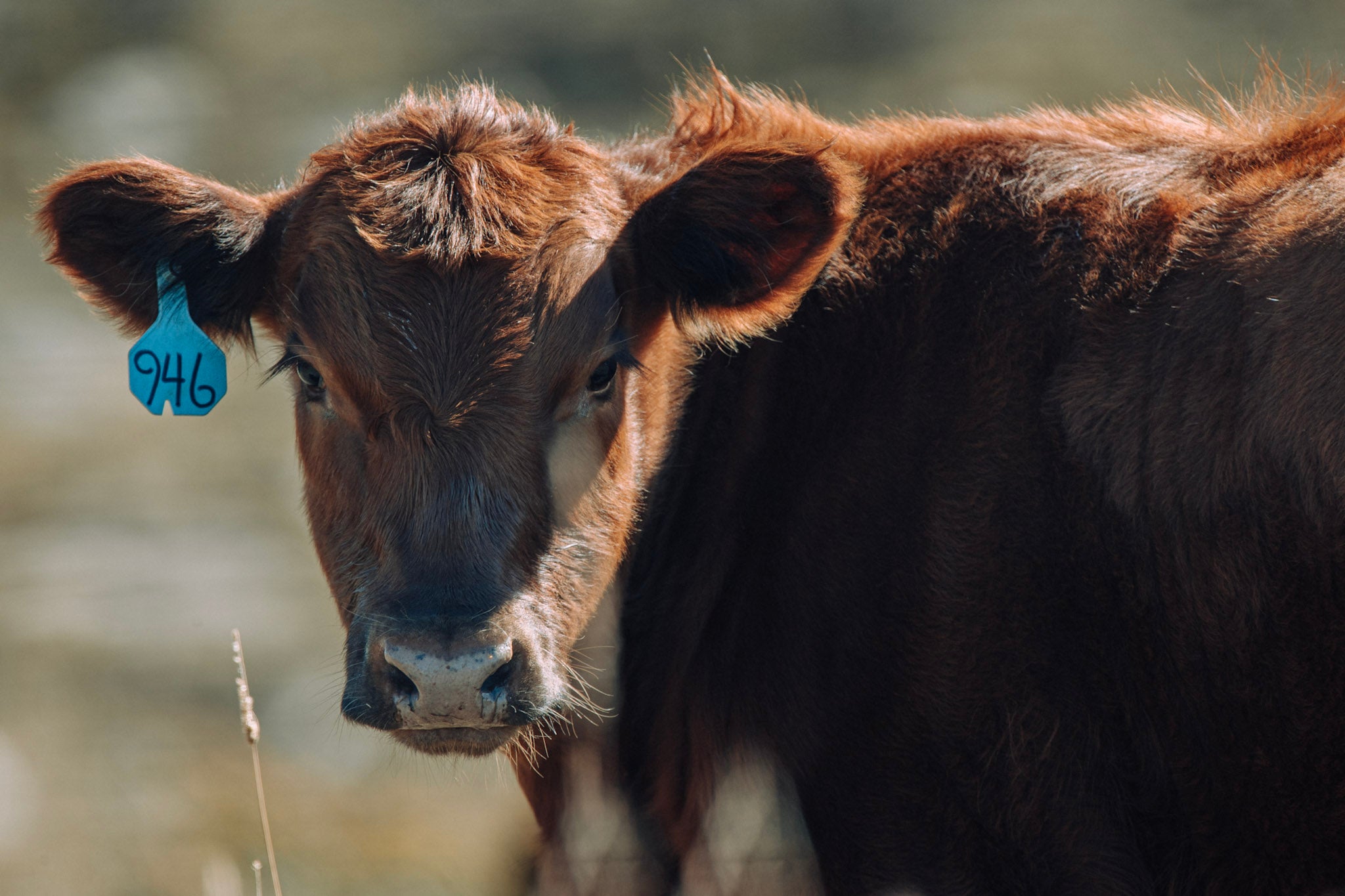
How Natural Groundwater Benefits Our Cattle and Your Beef
It’s just water, right?
Chances are, when you think of raising cattle, your first thought isn’t about water sourcing. Water is one of the most important parts of cattle diets. It’s necessary for life, yes, but water can also help produce high-quality, flavorful beef.
Not all water is equal in value. For example, a trough or algae-crusted pond offers fewer benefits to the cattle than natural groundwater.
How does water affect cattle?
The answer to this question may seem obvious. Water is essential for cattle’s digestion, thermoregulation, growth, reproduction, and circulatory and nervous system functions. (It’s a foundational element of life.) Generally, adult cattle need between 8 to 20 gallons of water per day to maintain good health. The required water intake is dependent on the cattle’s size, diet, status, and weather conditions.
According to various studies, unrestricted access to clean water improves the cattle’s feed intake and average daily weight gains, increases milk production, and decreases illness and disease. All great things! However, poor water quality can negatively impact beef production and can potentially cause illness and death.
To further highlight the importance, water makes up around 98% of the molecules in cattle. It helps produce saliva, which breaks down feed so that it easily passes through the digestive system. Water also helps lubricate joints, transport sound, and is necessary for vision.
Obviously, water is important, but so is access to a frequent supply of fresh water.
Cattle are picky drinkers, and rightly so. They prefer to drink water that is between 40 and 77 °F. If the water temperature rises over 80 °F, the cattle’s water intake decreases. This makes shallow (static) water sources and those placed in direct sunlight less than optimal because they’re more likely to heat up in hot weather. Plus, warm water is a breeding ground for algae, which can also deter cattle from drinking.
Nobody likes smelly, bad-tasting water.
Cattle will shy away from a water source if it’s contaminated with high amounts of minerals, salt, nitrogen, bacteria, algae, or manure. Along with the health risks of not drinking enough water, poor water intake can limit the cattle’s growth and beef production, meaning narrower profit margins for producers. So, it’s important for cattle to have unlimited access to quality water, not only for their health but to benefit producers.
What is groundwater?
Imagine an old-fashioned pump. You pull a level and from the ground flows cool freshwater. The water comes from an aquifer below the earth’s surface.
Water exists underground nearly everywhere. It isn’t always accessible or fresh enough to use without treatment, and it’s often difficult to find. This type of water is referred to as groundwater. It can occur close to the earth’s surface, or it can lie hundreds of feet below. Depending on proximity to the earth’s surface, groundwater can be anywhere from a few hours old to thousands of years old.
Part of the natural water cycle, groundwater is caused by precipitation that lands on the ground surface and soaks into the subsurface. The moisture absorbs through the soil until it reaches rock material that’s already saturated with groundwater recharge. From there, the moisture becomes part of the groundwater system.
Basically, gravity pulls water toward the earth’s center, which causes water to seep into the ground. The bedrock traps the water within cavities, otherwise known as aquifers.
How does natural groundwater contribute to the overall well-being of cattle?
If accessed, natural groundwater can offer fresh, unlimited water. It tends to be a cool, stable temperature, which appeals to cattle and is more freeze-resistant than surface water. Thanks to the water’s movement (from either being pumped or naturally expelled from the earth), algae and bacteria are less likely to grow.
Groundwater in the form of springs, seeps, and artesian wells can be found on many farms and ranches. Springs and seeps are caused when groundwater emerges from the ground and becomes surface water. Artesian wells are like springs in that groundwater is pushed to the earth’s surface. However, wells tend to have more water.
These sources can provide a consistent and ample supply of water to meet the needs of cattle. Lots of good water results in healthier cattle, and healthy cattle gain more weight and produce quality beef.
Sidenote: Groundwater sometimes has low or high pH, heavy metal contamination, and high salt/sulfur content, so it’s important to test the water prior to using it as a consumable water source.
How does groundwater contribute to the reduction of stress and better living conditions for cattle?
One word. Accessibility. If cattle live on a ranch or farm where they can easily reach an abundant supply of good water, they’re less prone to environmental stress.
Stress ruins beef. The more relaxed the cattle, the better.
What role does natural groundwater play in ensuring consistent cattle nutrition?
Along with the reasons mentioned above, groundwater can provide water sources in locations without surface drinking water. Ranchers and farmers can develop their own springs at a relatively low cost, either by pumping or using gravity to direct the water.
Surface water sources such as ponds, lakes, and streams have been (and will continue to be) popular water sources for cattle producers. However, incorporating groundwater into the cattle’s feed program ensures the cattle’s hydration thanks to consistency and freshness.
Best case scenario: Cattle accesses multiple types of water sources, both surface and groundwater. This guarantees their hydration isn’t dramatically affected by drought, algae bloom, temperature, etc.
How does the utilization of groundwater align with broader sustainability goals in ranching?
Sustainability (especially in relation to ranching) is often a hot topic. From an agricultural point of view, sustainability is about properly stewarding resources, caring for the environment, and making regenerative decisions that will support future agricultural endeavors.
Using groundwater is a way to nourish cattle without having a negative impact on the environment.
Most ranchers prioritize sustainability when grazing their livestock, hence the term range-management. Grazing maintains the health of grasslands, improves soil quality with manure, and preserves open space and wildlife habitat. When ranchers manage land for long-term health, everything (from nature, livestock, and people) wins.
At Lazy T Ranch, we give our cattle plenty of natural water sources, from creeks and streams to artesian springs and wells. Our goal is to produce healthy cattle and high-quality beef while also being good stewards of the land and its resources.
Bring our ranch to your table! Taste how groundwater and natural feed benefit our beef.


